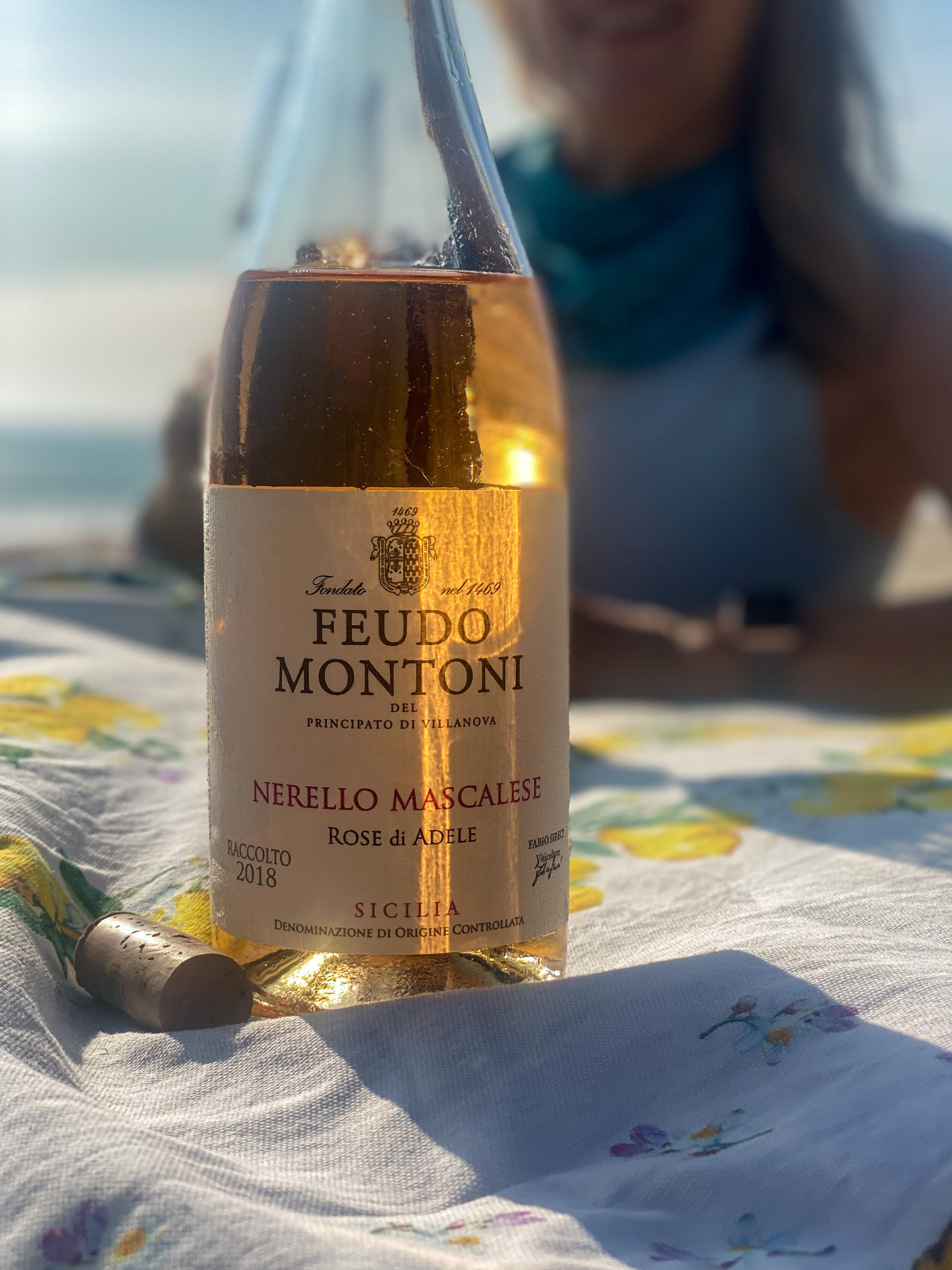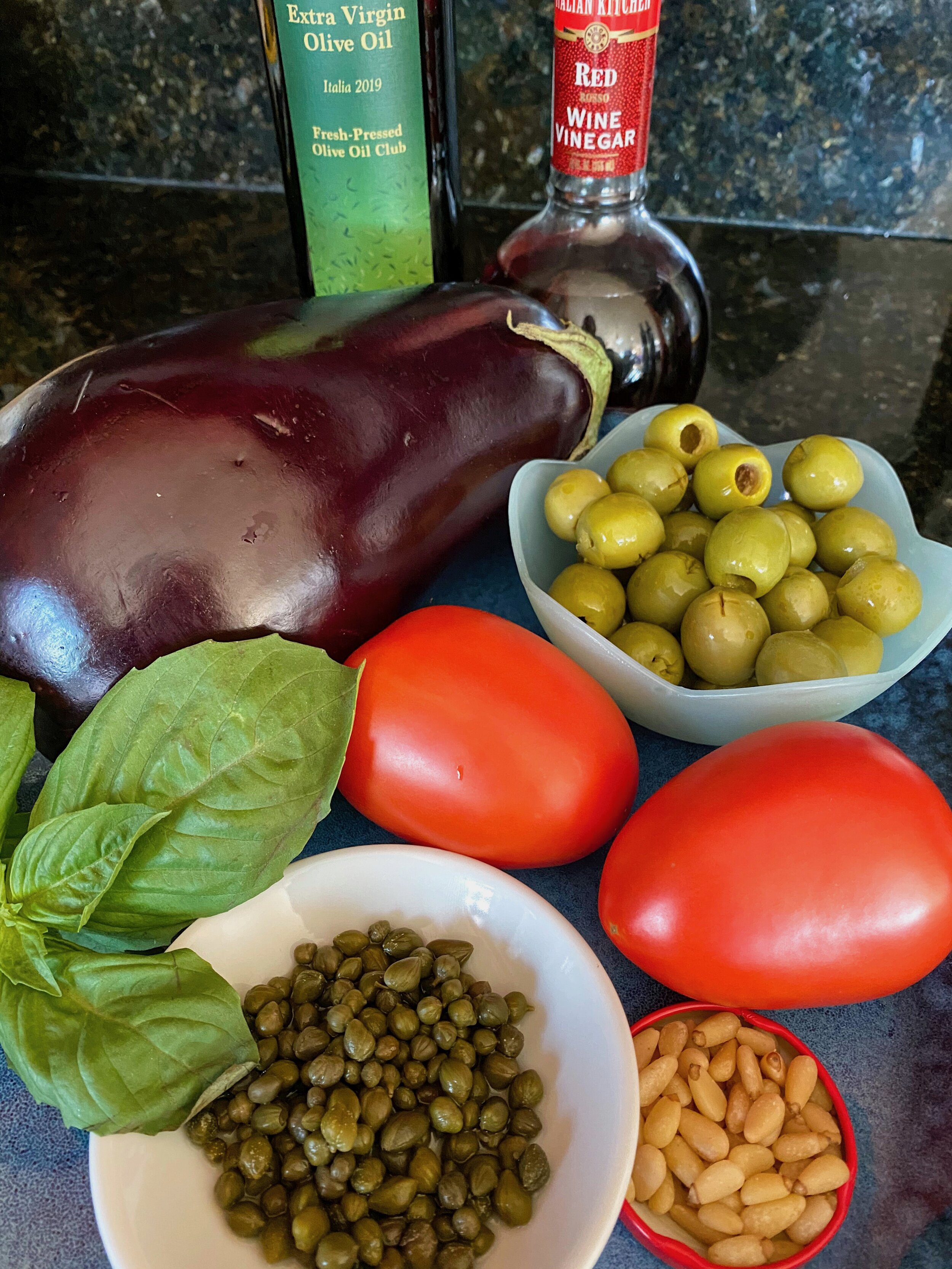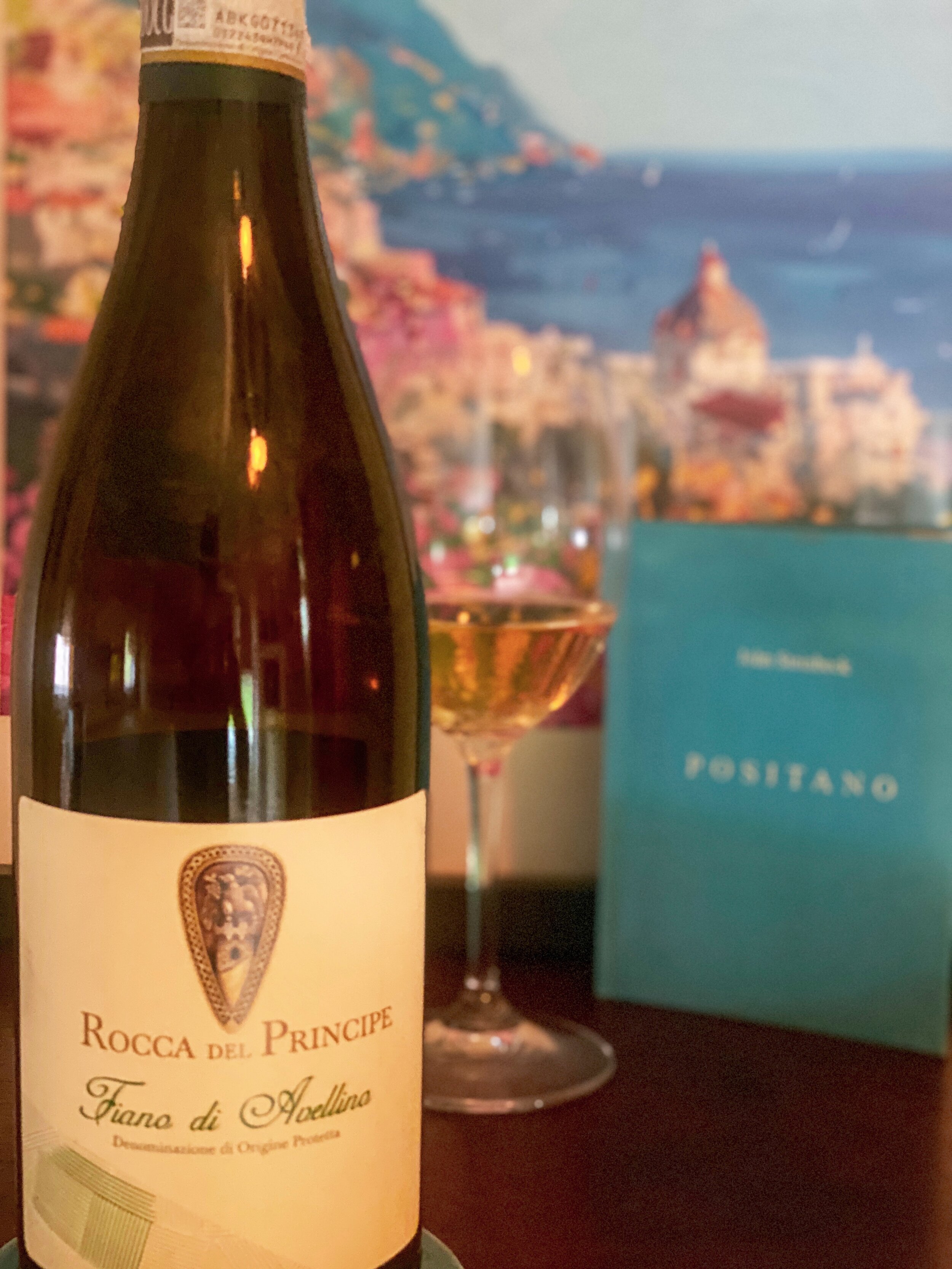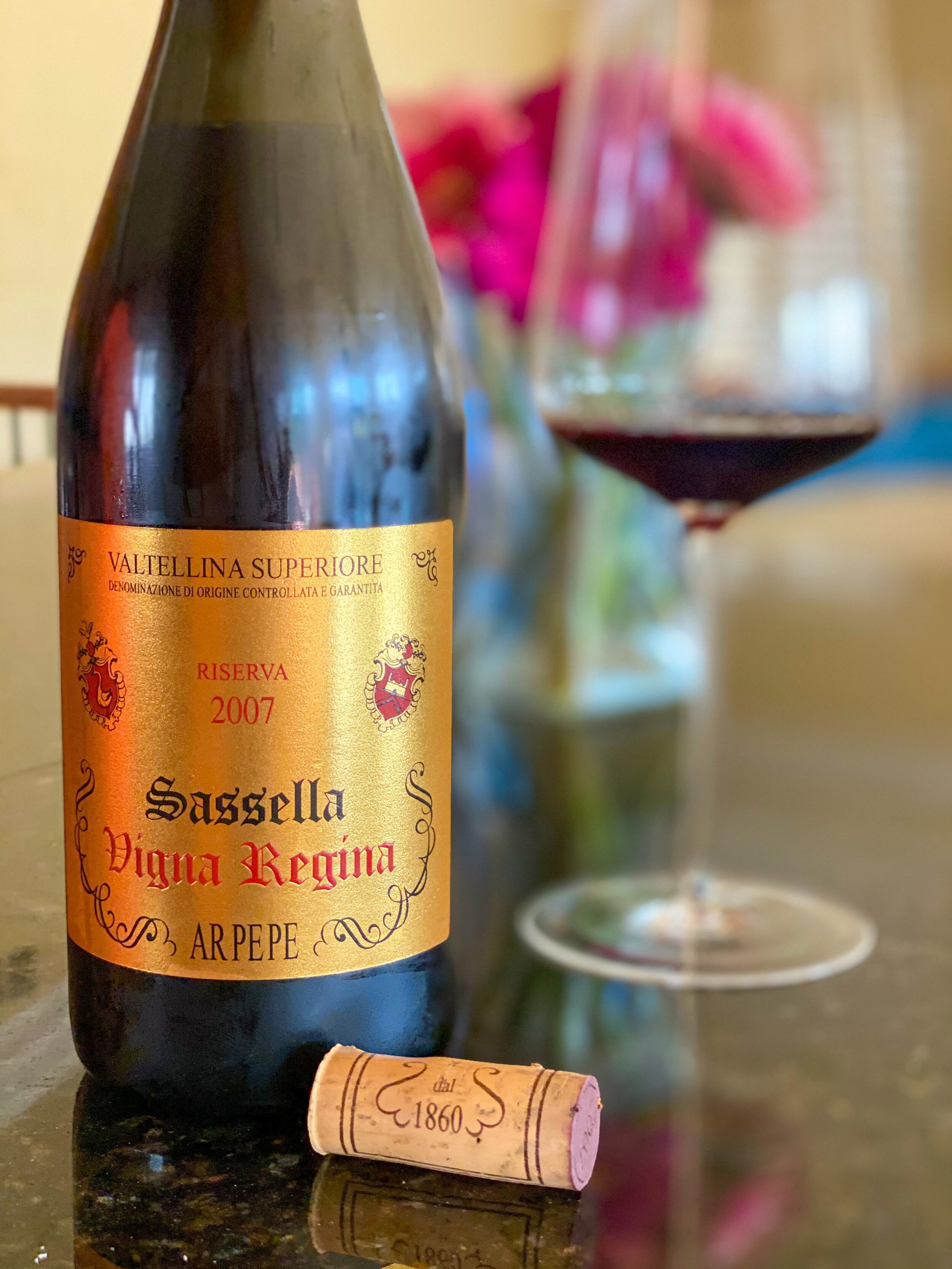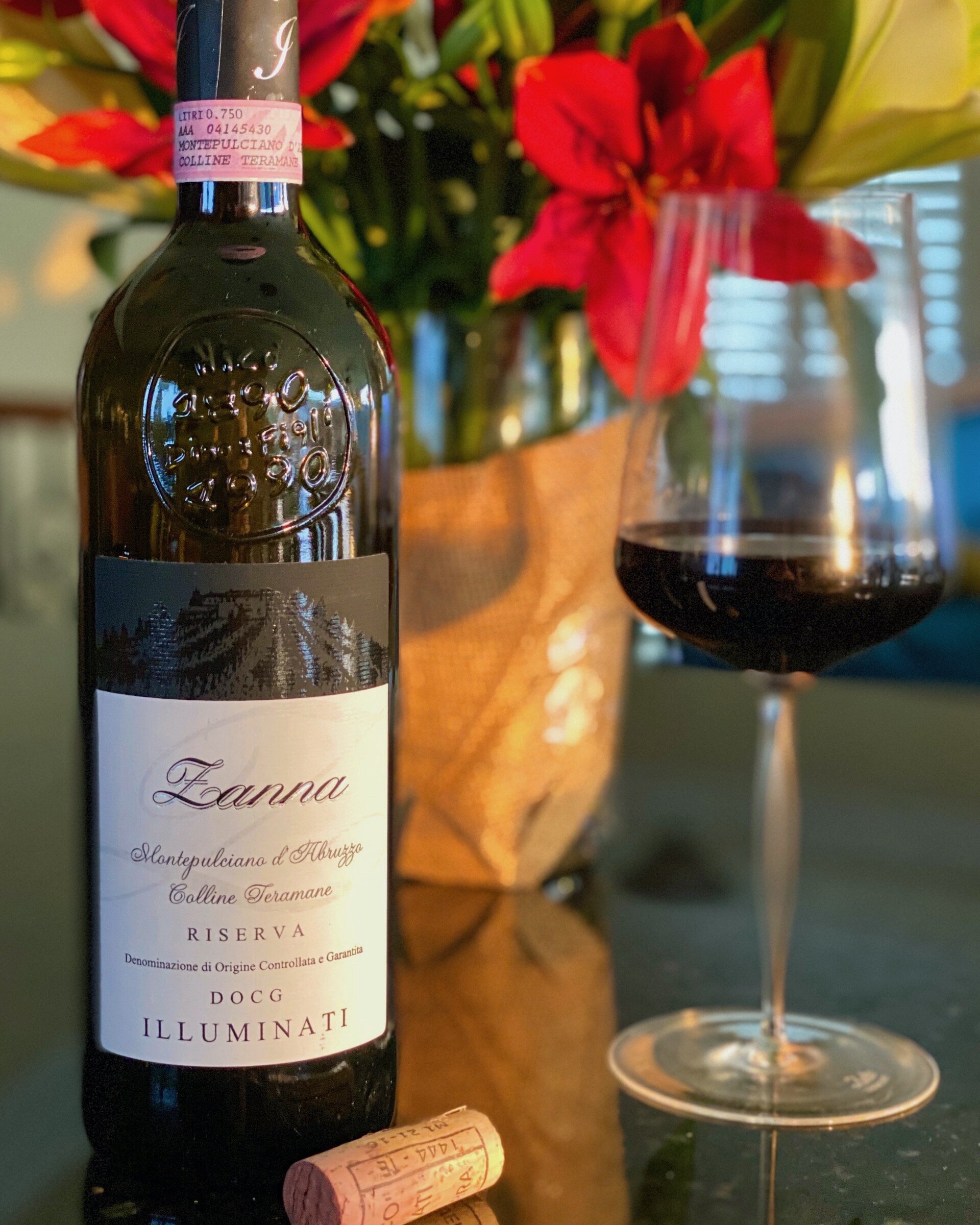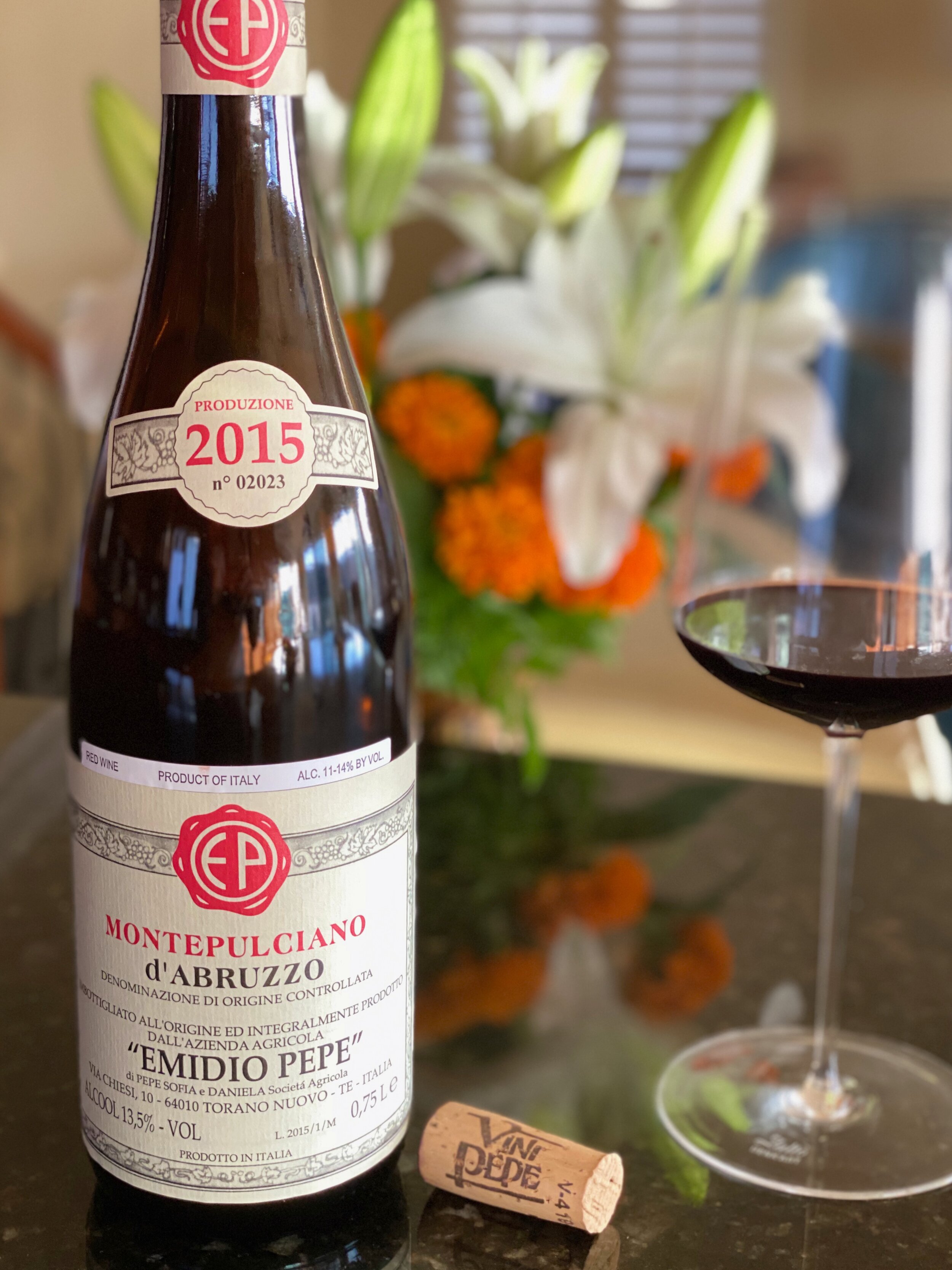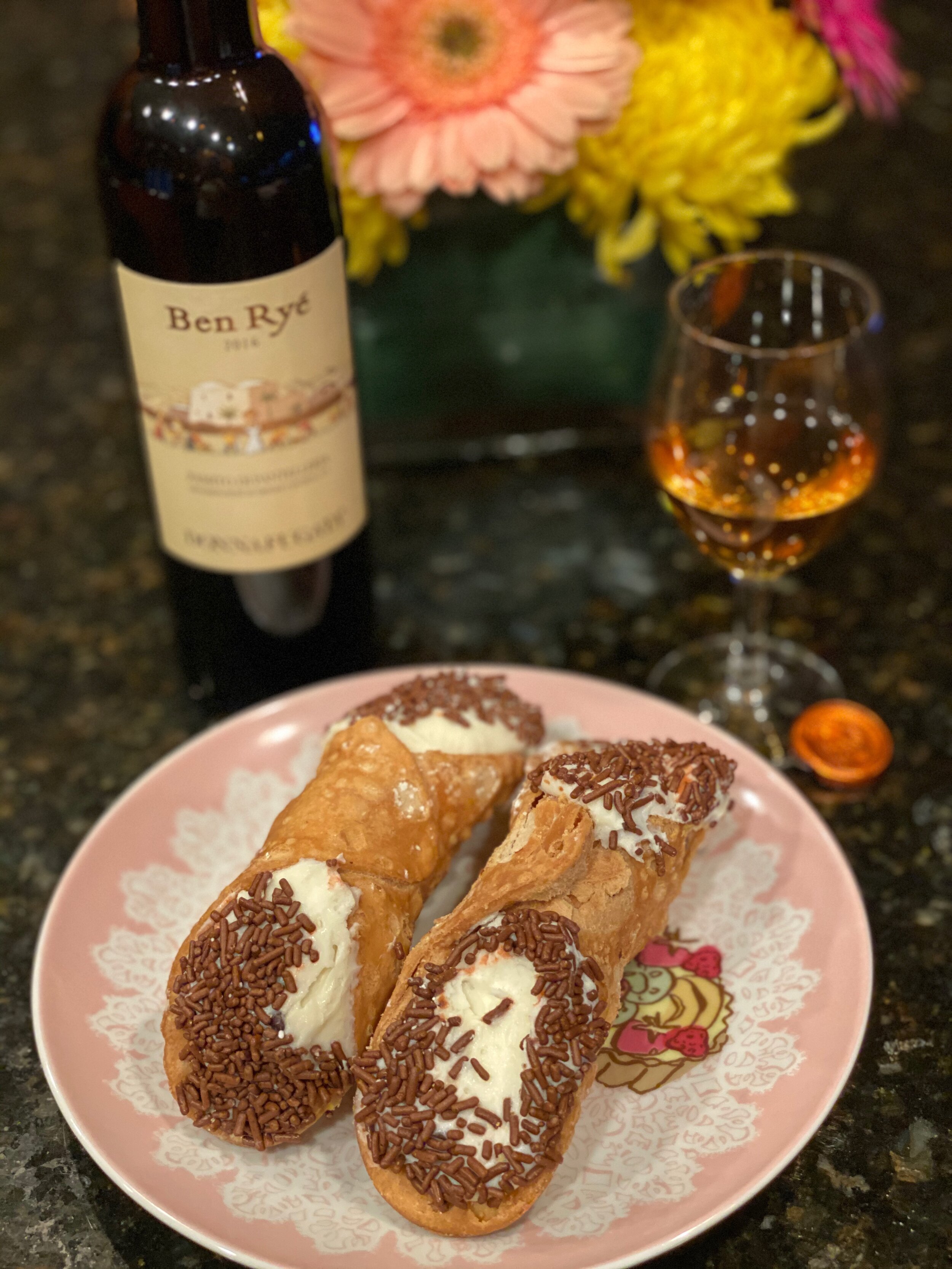Italy's Lesser-Known Wine Gems
When you think of Italian wines, what probably comes to mind is what I'll call the Big B's; Brunello, Barolo, and Barbaresco (and if you're my generation, Chianti). I'd like to take you off the beaten path to discover some lesser-known wines which may not have the ratings but will surely provide the enjoyment. I want to think there's a wine for every occasion, and I don't know about you, but usually, I'm not opening up a Barolo with my pizza. There's more than notoriety; it's about unearthing a wide range of wines to have a varietal for the right situation.
One of the things I love about travel is discovering a new culture, and one of the best ways to learn is through a country's food and wine. In 2020 when travel was restricted, we decided to virtually explore Italy by cooking and drinking the local cuisine. We set about this adventure by putting all twenty regions in a hat, drawing them out one-by-one, researching recipes and indigenous grapes.
Why Italy, I ask you to find any other place where the food is so varied region to region. The saying, what grows together goes together, could not be more perfect, where the local wine always pairs with the regional cuisine. We had already extensively covered Italy, so if we pulled an area we'd already traveled, we sought out wines we hadn't tried before. We tried over thirty wines, and this is how this curated list came to be.
Aperitivo:
Let's start our journey together as the Italians would; the end of the workday will begin with an Aperitivo. This is a light drink with a snack to tide you over until dinner, which usually doesn't start until well after 8 pm. A tradition that began in the north is now celebrated throughout Italy; the only differentiator is what we'll be drinking. A classic would be a Negroni cocktail with Campari (or less bitter Aperol), but we’re talking wine so let's start with bubbles or rosato (Italy's term for rosé).
Franciacorta DOCG Satèn by Mirabella (Lombardy)
This sparkler has prevailing aromas of honey, blossoms, apricot, and yeast enhanced by fragrant vanilla. On the palate, delicate and fine bubbles give the wine smoothness and an elegant mouthfeel.
By Italian wine regulations, a Satèn can be made from Chardonnay and 50% Pinot Bianco grapes; this Satèn is made exclusively of Chardonnay. The wine's sparkle and bubbles are lighter than a normal Franciacorta because Satèn is only allowed to have 4.5 atmospheric pressure (instead of the standard six). The aging of this wine gives it complexity and distinctive yeasty bread or brioche flavors. It spends 24 months in the bottle before the yeast cells are disgorged, instead of the minimum 18 months. It's no wonder they call the wine "Satèn" because it is as smooth as satin. Buy Here
Pairing Tip: a local pairing would include gorgonzola cheese and a mostarda condiment.
Nerello Mascalese Rosato by Feudo Montoni (Sicily)
Nerello Mascalese is a highly regarded, dark-skinned grape variety that grows most commonly on Mount Etna's volcanic slopes. A taste profile that's often likened to Pinot Noir. This rosé is a golden pink color. Aromas of roses and white flowers combine with pomegranate and strawberries. On the palate, it's fresh with nicely balanced acidity and saline-minerals.
We are off to a great start with this well-priced wine under $20.
Pairing Tip: Caponata is one of the most popular appetizers on the island, full of fabulous local ingredients.
Il primo:
Our first course. This is typically pasta, rice, or polenta, depending on where you are in the country. Most certainly, at this point, you will be drinking wine, so let's start with a White.
I know there was a trend; was it the '90s, where Italian Pinot Grigio was it! Then, like many wine trends, the market was over-saturated with a whole lot of shit. Yes, you can still find a fantastic Pinot Grigio, and I'd start in Alto Adige, but we are here to explore the lesser-known gems.
In my article, my favorite summer white wines under $30, I already waxed poetic about; Alto Adige's Manzoni Bianco, Veneto's Soave, Sardinia's Vermentino, Campania's Greco di Tufo, and Sicily's Carricante. Wow, you'd think I had a thing for Italian whites 😁 For the most part, it's the style profile; for a sunny day, I enjoy a fresh, crisp, acidic white wine with either saline or minerality lingering on my tongue. For something different, I'll share a wine that can provide you with more a little more weight or body.
Fiano by Rocca del Principe (Campania)
Fiano, meaning vine "beloved of bees,"; is one of the oldest native grapes in the Irpinia region of Campania. It was near distinction and rescued after WWII. Fiano di Avellino DOCG (DOCG is the highest distinction of quality) was formed in 2003 and has soils of volcanic origins from Mt Vesuvius. This grape is known for its fuller-body and ability to age.
This wine on the nose is lemongrass, white flowers, and crushed stone, enhanced by herbs. The wine starts with a zing but mid-palate mellows with creaminess and ends with a hint of bitter nuttiness.
The husband-and-wife winemaking duo behind Rocca del Principe, Aurelia Fabrizio and Ercole Zarrella, immediately commanded critics and consumers' attention through the sheer breadth of aromatics, minerals, and compelling nuances displayed in their Fiano di Avellino.
Pairing Tip: Two Campania staples are ricotta cheese and lemon; combine these in a pasta dish with a bit of basil – perfect. Shout out to the pasta project for the recipe we used.
Secondo:
Let's move on to our next course because I have many Reds to share.
The first red wine I'm so excited to present was a new discovery for us and a region we have not explored; Valtellina. The region borders Switzerland and stretches west from the tip of Lake Como. Valtellina is referred to as the "Mountain Nebbiolo." After seeing photos, I'm anxious to visit this heroic or extreme viticultural area; some of the vineyards can be reached only by funicular, and the grapes are airlifted out by helicopter at harvest!
Valtellina Superiore - Sassella Riserva Vigna Regina by AR.PE.PE. (Lombardy)
Cherries combine with the red currants and raspberry on the nose. This wine is lighter and leaner than its more famous Nebbiolo cousins. A very approachable wine with outstanding balance, elegance, and nice finish.
Ar.Pe.Pe. (pronounced 'are-pay-pay') is highly regarded in this region. The Pelizzatti Perego family's winemaking knowledge of Valtellina stretches back more than 150 years. They produce eight wines from Nebbiolo, all fermented with native yeasts in conical wood vats and aged in large chestnut and oak casks.
Pairing Tip: local to this region is risotto with saffron and a regional sausage called luganega di Monza.
I have to introduce you to the wine of Abruzzo; it is home to both mine and my husband's fraternal grandfathers in towns only 45 miles apart! In terms of travel, if you're seeking a place that feels undiscovered and is very easy on the pocketbook, Abruzzo is a place to add to your list. Abruzzo is the Montepulciano grape's heartland; don't get confused with the Tuscan town named Montepulciano. Colline Teramane Montepulciano d'Abruzzo is the DOCG of the region.
Montepulciano d'Abruzzo Riserva 'Zanna' by Illuminati (Abruzzo)
On the nose, it was dark cherries and plums, licorice, and spice. This full-bodied wine surprised me; I was expecting rustic, but it was velvety-smooth, and the tannins were fully integrated.
Coming from 45-year-old vines, a single vineyard called Zanna, pergola-trained, cropping at low levels. Aged in Slavonian oak for two years and another year or so in the bottle.
Pairing Tip: a traditional secondo would be a heaty meat-based dish (lamb, sheep, pig) from the mountain towns.
Additional Wine Suggestion:
Montepulciano d'Abruzzo by Emidio Pepe (Abruzzo)
If you want to splurge and try one other wine from Abruzzo, I highly recommend it be from Emidio Pepe. He has been called a pioneer and a benchmark producer. I would count him among a handful of Italian masters in wine, those who are meticulously detailed and others tend to follow. A biodynamic farmer, everything is picked and destemmed by hand, and the grapes are still foot trodden. He adds no sulfites to this wine, and it spends two years in concrete vats.
The wine has aromas of dark plums, tobacco, and leather. Dense yet velvety, juicy yet mineral; let's just say layered and delicious to sum it all up. This wine could easily continue to age.
My last red wine recommendation hails from Campania, a region I often refer to as the most underrated Italian wine region. Aglianico is the most important red grape variety in southern Italy. For anyone who loves big, bold reds, this is a must-try. Often full of tannin and high in acidity when young, they need a bit of age.
The wine I chose to share is from an inspiring woman, Silvia Imparato. Silvia indulged in wine as a hobby until she decided to rebuild her family's vineyards in the hills of Montevetrano. She planted Aglianico, Cabernet, and Merlot and the resulting blend is fantastic.
Colli di Salerno by Montevetrano (Campania)
50% Cabernet, 30% Aglianico, and 20% Merlot. A bouquet of blackberries mixed with spice and a bit of leather. Medium-plus to full-bodied, fine tannins, dark cherry, savory, and a long finisher. Well balanced, the other grapes nicely taming the acidity of the Aglianico, approachable now, but I'm sure even better with age. Be sure to decant.
Italians can sit for hours lingering over a meal, and restaurants assume only a single sitting. How can you eat all this food, you ask; it's small portions, served family-style to be shared. Now let's don't forget the dessert and a glass of wine to end the meal.
Dessert:
When I first traveled to Italy, I fell in love with Vin Santo, a Tuscan dessert wine. Then in travels through the Veneto, I learned of passito, a style where the grapes are dried to provide a deep concentration of fruit, making for a rich sweetness of honey and apricot. But the passito wine which accompanies our Holiday table is actually from Sicily.
Ben Rye from Donnafugata (Sicily)
This passito wine is golden in color with aromas of orange marmalade—flavors of sun-ripped fruit, cardamon, and a bit of nuttiness.
Donnafugata is a significant producer on the island, and this wine is produced on a small satellite island, Pantelleria. Here you will find the craziest grape-growing terrior; with volcanic rock soil, the grapes grow in bushes dug into holes to protect them from being blown away by the wind. At harvest, they are then shipped across to be processed in their facility near Marsala.
Pairing Tip: if you were in Sicily, it would have to be Cannoli, but our family couldn't resist a little Tiramisu too.
P.S.
If you're wondering what wine I have with my pizza, it's most likely a Barbera – the third B of Piedmont.
Cavallotto Barbera d’Alba Superiore (Piedmont)
The acidity of this wine balances out the fruit (blackberry, blueberry, cherry), and with little to no tannins, it's an easy-drinking wine. Plus, at more than half the price of a Barolo, it makes for a great weekday tipple.
Love to hear your feedback on this selection and your thoughts if you try one of these wines 😊


